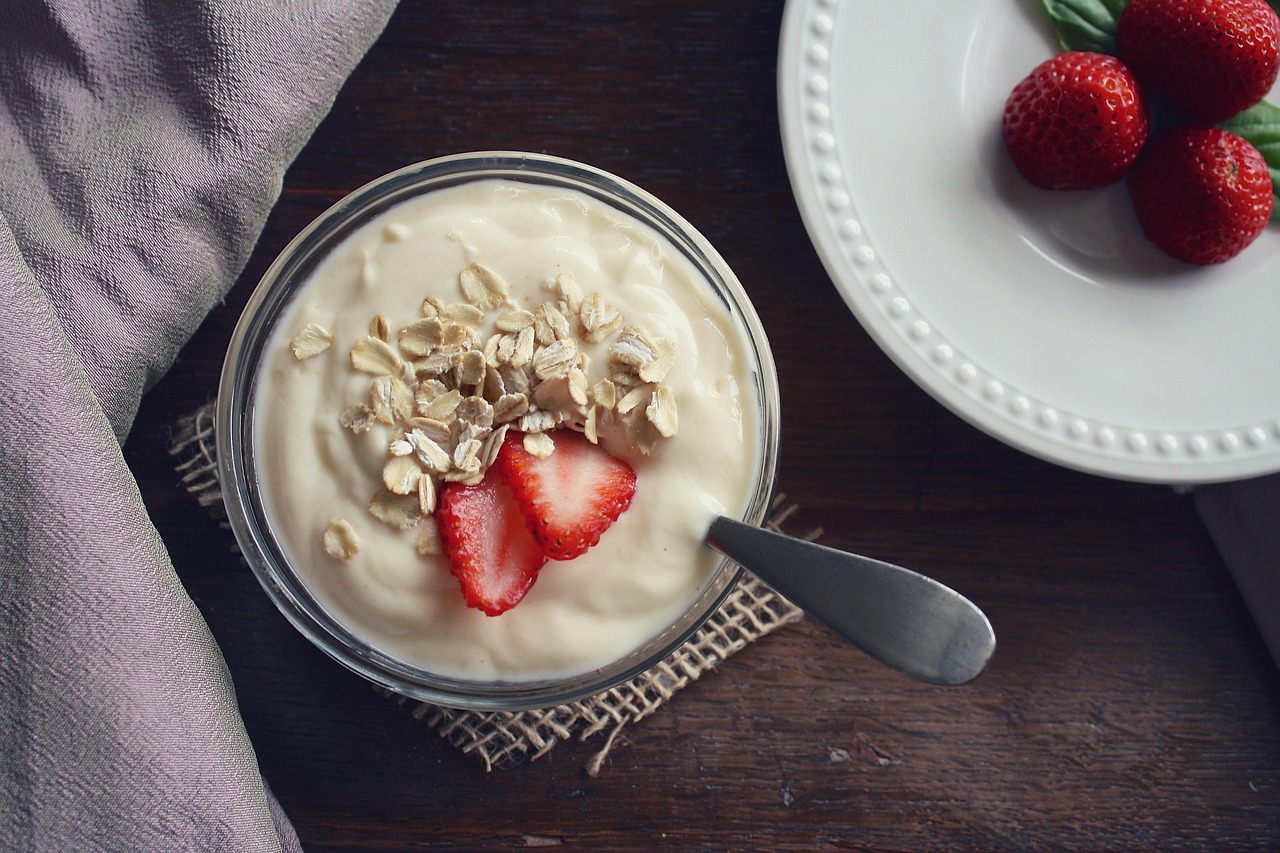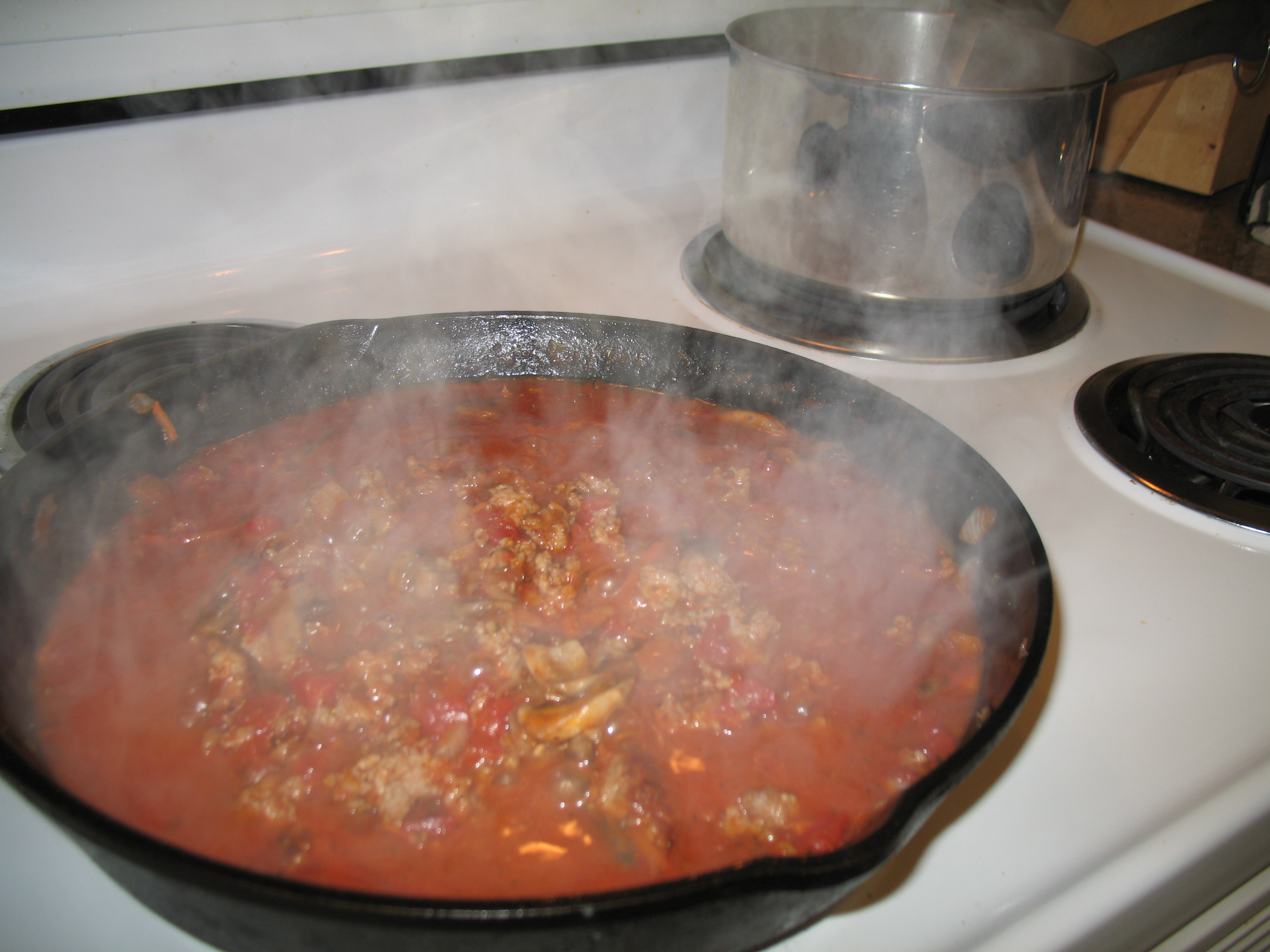Granola: The Breakfast Impostor

Here’s something that’ll shock you: that wholesome-looking granola in your pantry might contain more sugar than a candy bar. Many mass-market granolas often have at least 9 grams sugar per serving, which is typically about ¼ cup, or 28 grams. To put that in perspective, ¼ cup of Honey Nut Cheerios also contains 9 grams of sugar.
The problem gets worse when you consider portion sizes. For granola, research shows people typically pour significantly more than the recommended serving size. A serving that big means consuming two to four times the calories, fat and sugars listed on the Nutrition Facts label. So that 9-gram sugar hit easily becomes 25+ grams in a realistic bowl.
Consumer Reports research suggests that many people are becoming more aware of granola’s sugar content. The scary part? Although it’s often seen as a healthy and filling way to start the day, granola is packed with hidden and not-so-hidden added sugar. Yep, it turns out that bowl of granola could be higher in sugar than a can of soda.
Flavored Yogurt: The Sweet Deception

Think yogurt is automatically healthy? Think again. Researchers surveyed the sugar content of over 900 yogurts in U.K. supermarkets and found that the average amount of sugar across yogurt categories (children’s, organic, flavored, etc.) was well above 10 grams per 100 gram serving. That’s double what qualifies as “low sugar” in the UK.
The numbers get even more disturbing when you look at specific varieties. One finding that might come as a surprise to consumers is that organic yogurts were some of the sweetest of all. The median sugar content for organic yogurts was 13.1 grams per 100 gram serving, and some brands had almost 17 grams of sugar per 100 gram serving. So much for that health halo!
According to Lindsay Moyer, a Senior Nutritionist at the Center for Science in the Public Interest, consumers may get around 25 percent or more of the WHO’s recommended daily sugar limit for adults (from 25 to 50 grams or less than 10 percent of total energy) from just one serving of yogurt. One researcher discovered something particularly shocking: “I discovered that for my young daughter’s favorite yogurt, sugar accounted for 60 percent of the calories”.
Here’s the kicker: flavored products contained nearly twice the average total sugar content of unflavored products, with substantial variability: mean total sugar was 9.1 g/100 mL and 11.5 g/100 g for flavored milks and yogurts, respectively. Meanwhile, the greek and natural (read: plain) category did much better with a median of just 5 grams sugar per 100 grams yogurt.
Pasta Sauce: The Savory Sugar Trap

This one catches people completely off guard because who expects sugar in something savory? Added sugars are often hidden in foods that we don’t even consider to be sweet, such as spaghetti sauce. All spaghetti sauces will contain some natural sugar given that they’re made with tomatoes. However, many spaghetti sauces contain added sugar as well.
Added sugar shows up sometimes where you don’t expect it, like pasta sauce, dressings… pantry staples that help you put a meal together quickly. One retailer shared an example of the pasta sauce, once word got out on the street that there was no added sugar in this pasta sauce and no other sweetener and it’s delicious, they couldn’t keep it on the shelves. That tells you just how rare sugar-free options are in this category.
The CDC specifically calls out condiments and sauces: Ketchup, jarred pasta sauce, barbecue sauce, and salad dressings may taste savory, but they often hide added sugars. Food manufacturers add sugar to balance acidity and enhance flavor, turning your innocent marinara into a hidden sugar bomb that you’d never suspect.
These three foods represent a much larger problem in our food system. This extra sugar may be adding to your waistline as well as putting your heart at risk. Research shows that excess sugar consumption can be associated with an increased risk of cardiovascular disease. The solution isn’t to avoid these foods entirely, but to become a label detective and choose versions with minimal added sugars. The good news? Growing numbers of consumers and nutritionists are planning to reduce added sugars, showing that awareness is finally catching up with the problem. What do you think about these hidden sugar bombs? Tell us in the comments.




